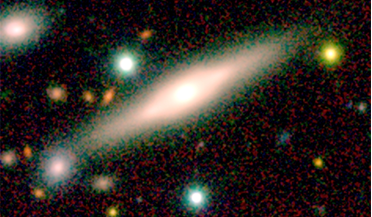 22 March 2019
Citizen science project turns research into a quest
22 March 2019
Citizen science project turns research into a quest
... are so far away — the galaxies’ light originating at an earlier time, having had to travel so far since the Big Bang — the astronomers will have more observations to inform studies of how the universe formed and evolved. “Most...
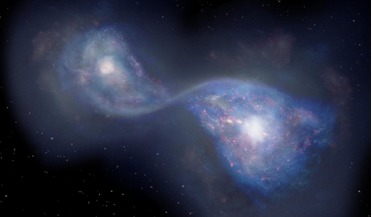 01 July 2019
Earliest known galaxy merger detected by ALMA
01 July 2019
Earliest known galaxy merger detected by ALMA
... out to be the earliest example of a galaxy merger that occurred less than one billion years after the Big Bang. Astronomers using the superb resolving power of the Atacama Large Millimeter/submillimeter Array (ALMA), detected the...
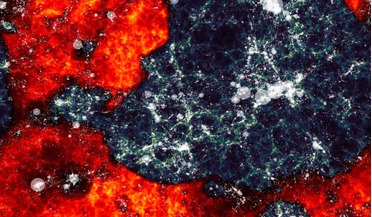 09 September 2019
Ancient light helps to unravel cosmic "dark age"
09 September 2019
Ancient light helps to unravel cosmic "dark age"
Scientists searching for light that marks a pivotal phase in the evolution of the Universe over 12 billion years ago, have been able to hone in on the signal thanks to a collection of 4096 dipole antennas set in the remote hinterland of Western ...
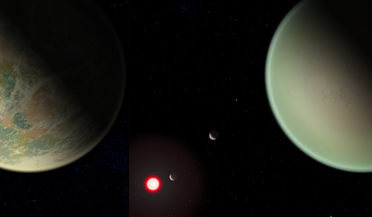 08 January 2020
New technique on finding oxygen could help find alien life
08 January 2020
New technique on finding oxygen could help find alien life
... allow the telescope to look not only at the first stars and galaxies that formed after the Big Bang, but also into heavily clouded regions, that tend to block out other types of light such as visible...
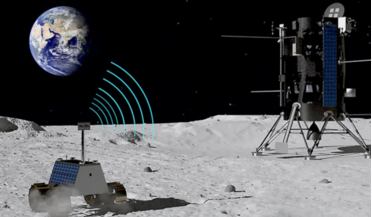 23 October 2020
First 4G cellular network on the Moon to be built by Nokia
23 October 2020
First 4G cellular network on the Moon to be built by Nokia
... in space technologies, from pioneering satellite communication to discovering the cosmic microwave background radiation produced by the Big Bang, we are now building the first ever cellular communications network on the Moon,” says Marcus Weldon...
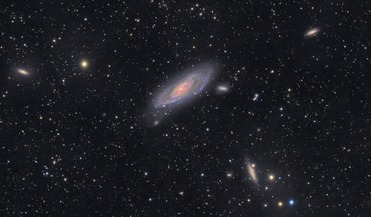 05 April 2021
No dark energy needed, just dark matter with a magnetic force new study says
05 April 2021
No dark energy needed, just dark matter with a magnetic force new study says
According to the standard model of Cosmology, the Universe has been expanding ever since it was created in the Big Bang. Its expansion, which is faster now than in the beginning, is due to dark energy - a mysterious force thought to make up ...